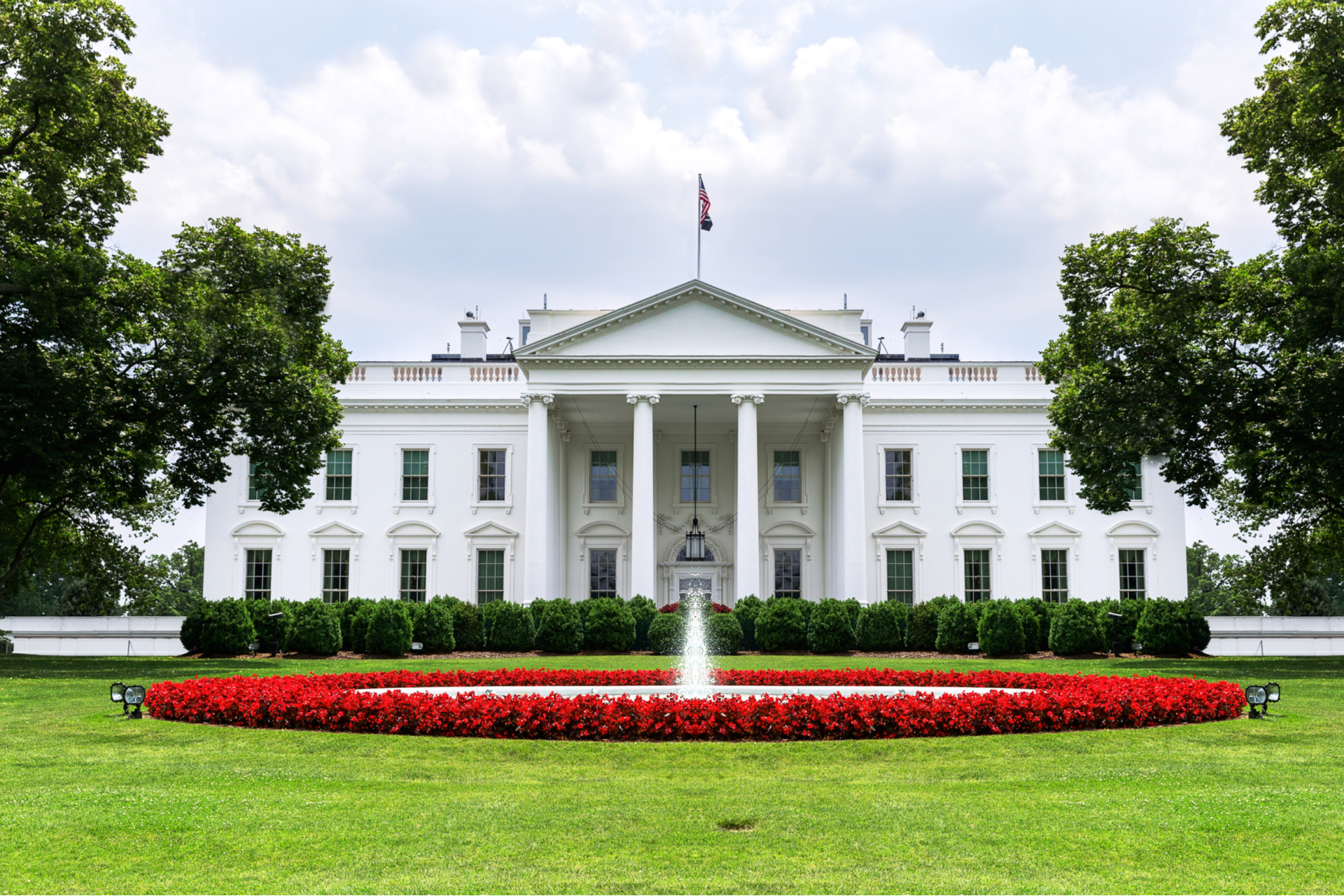On January 20, 2021, Joseph R. Biden took the oath of office and became President of the United States one year into the COVID-19 pandemic. In anticipation of taking office, then-President-Elect Biden proposed a $1.9 trillion “American Rescue Plan” to address the pandemic and its accompanying economic impact. If enacted, this plan will likely have several immediate implications on employers and their employee benefit plans.
- COVID-19 Testing—The plan includes $50 billion to expand the nation’s testing capacity, providing funds for the purchase of rapid tests, investments to expand lab capacity, and support to help schools and local governments implement regular testing protocols.
- Vaccinations—The Biden plan includes $20 billion to mount a national vaccination program, setting up community vaccination sites nationwide. The plan also includes increasing funds to states to ensure that all Medicaid enrollees are vaccinated.
- Paid Sick Leave—The proposal would extend and expand the paid family leave program enacted under the Families First Coronavirus Response Act (FFCRA). The paid leave program, which expired on December 31, 2020, would be extended until September 30, 2021.The plan would eliminate the exemption for employers with more than 500 or fewer than 50 employees as well as the exemption for healthcare workers and first responders. The plan would provide 14 weeks of paid sick and family and medical leave with a maximum benefit of $1,400/week for eligible workers. Employers with fewer than 500 employees and state and local governments would be reimbursed for the cost of the leave.
- COBRA Subsidy—While short on details, the Biden plan calls for subsidized COBRA through the end of September.
- Expansion of ACA Premium Tax Credits—The proposal would expand individual market premium subsidies.
- Federal Workplace Safety Standard—The legislation would call on the Occupational Safety and Health Administration (OSHA) to issue a COVID-19 Protection Standard that covers a broad set of workers. California’s Cal-OSHA enacted a similar standard late in 2020.
Schools, Local Agency Funding and Other Provisions
The plan would provide $350 billion in emergency funding for state, local, and territorial governments. The plan would also provide $170 billion for K-12 schools and institutions of higher education. $130 billion of that will go to K-12 schools to safely reopen and mitigate the educational effects of the pandemic. $35 billion will be directed to colleges and universities to provide additional financial aid to students. An additional $5 billion would be allocated to governors to use to support educational programs in their states.
Other provisions reflect long-held priorities of the Democratic majority in Congress and the incoming administration, including funding to expand Community Health Centers, increased childcare tax credits and passage of a national $15 minimum wage.
While this plan outlines the Biden administration’s immediate wish list, much will depend on Congress and its capacity to pass another rescue/stimulus package. But it appears that 2021 will be another year of rapid change for human resources and benefits plans.
This blog is intended to be a compilation of information and resources pulled from federal, state, and local agencies. This is not intended to be legal advice. For up to the minute information and guidance on COVID-19, please follow the guidelines of the Centers for Disease Control and Prevention (CDC) and your local health organizations.
